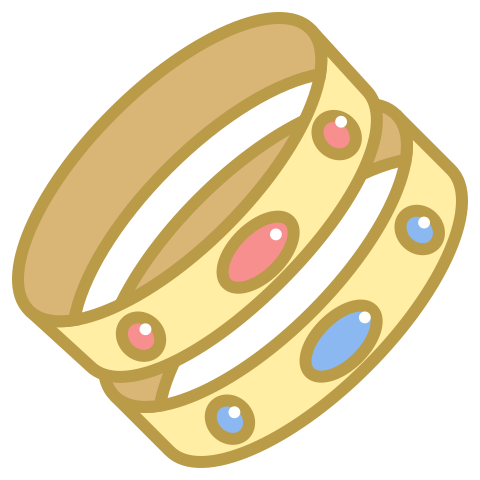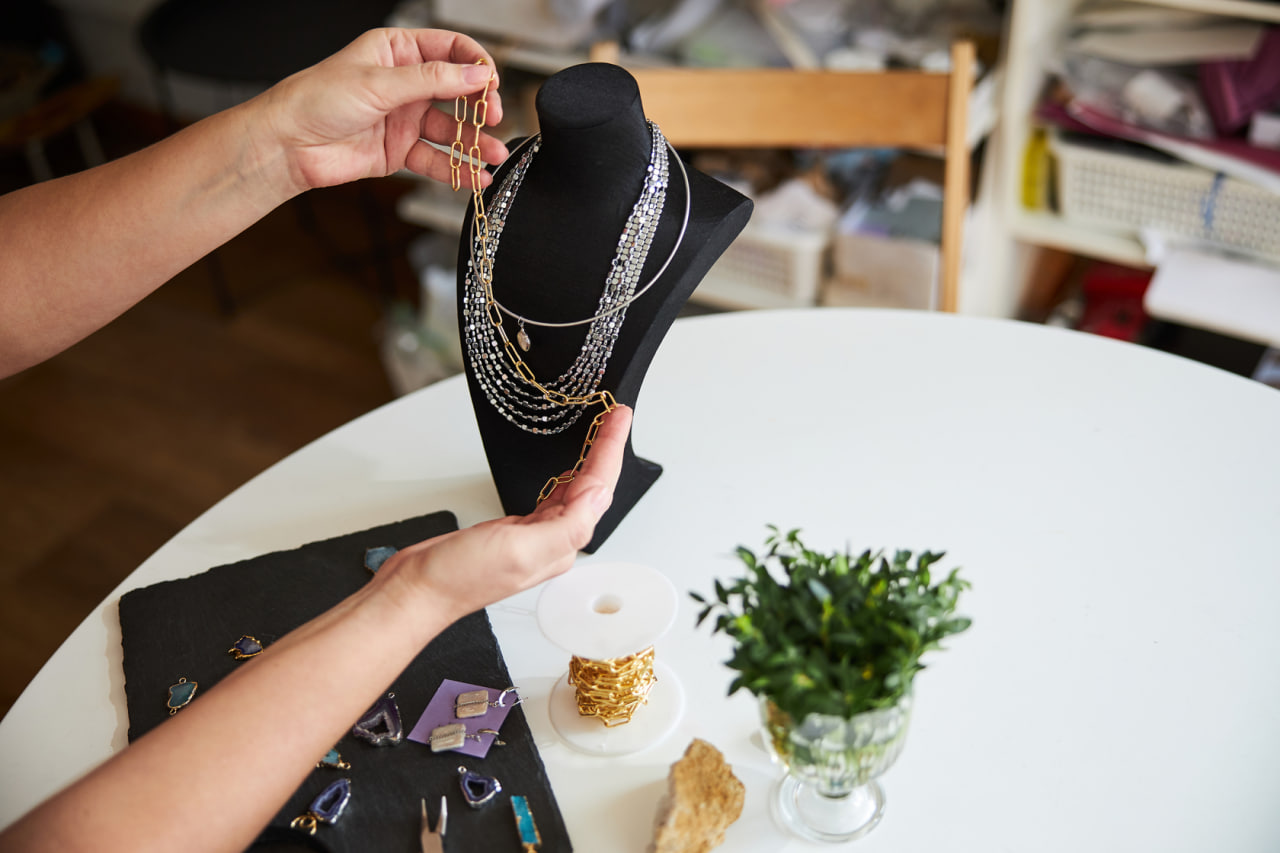Common Accessory Design Mistakes and How to Avoid Them
Designing accessories may seem straightforward, but even experienced designers can make mistakes that affect both aesthetics and functionality. Recognizing common…
Designing accessories may seem straightforward, but even experienced designers can make mistakes that affect both aesthetics and functionality. Recognizing common pitfalls is crucial to producing high-quality, market-ready pieces. Avoiding these errors ensures that your accessories not only look appealing but also meet practical and consumer expectations.
Ignoring Functionality
One of the most frequent mistakes in accessory design is prioritizing appearance over function. Accessories must serve their intended purpose effectively.
- Uncomfortable Fit: Jewelry that is too heavy, tight, or awkward can discourage wearers from using it. Testing pieces for comfort is essential.
- Impractical Design: Bags without enough compartments or closures that are difficult to operate fail in usability. Consider the daily needs of consumers.
- Durability Issues: Materials that are weak or poorly assembled can break easily. Always choose quality components and perform stress tests.
Balancing style with functionality ensures that your accessories are both beautiful and usable.
Overcomplicating the Design
While creativity is key, adding too many elements can result in a cluttered, confusing design. Overcomplication can make accessories less appealing and harder to produce.
- Excessive Embellishments: Too many beads, charms, or patterns can overwhelm the piece and reduce its elegance.
- Color Overload: Using too many contrasting colors can create visual chaos. Limit your palette to harmonize with the design.
- Complex Structures: Intricate shapes may be difficult to manufacture and prone to damage. Simplify while maintaining interest.
Strive for a clear design language that communicates style without unnecessary clutter.
Neglecting Material Compatibility
Choosing incompatible materials can compromise both the aesthetic and functional quality of your accessories. Each material has specific properties that must be considered.
- Fabric-Metal Conflicts: Pairing delicate fabrics with heavy metal elements may cause wear or distortion.
- Inconsistent Textures: Combining materials with vastly different textures can feel jarring if not balanced thoughtfully.
- Poor Quality Components: Using low-quality clasps, zippers, or threads can lead to failures, even in otherwise beautiful pieces.
Testing material combinations in prototypes ensures the final product is cohesive and durable.
Skipping Prototype and Testing Phases
Rushing from concept to production without prototyping is a common error that leads to design flaws.
- Fit and Scale Issues: Accessories may look different in real life than on paper or digital sketches.
- Functionality Problems: Prototypes allow you to evaluate usability and durability before mass production.
- Aesthetic Adjustments: Minor tweaks in proportion, color, or material can significantly enhance the final design.
Creating and refining prototypes is an essential step to catch mistakes early and improve the final product.
Ignoring Market Trends and Consumer Preferences
Even the most innovative design may fail if it does not align with market demand or consumer needs.
- Trend Blindness: Staying unaware of current trends can make designs appear outdated.
- Target Audience Mismatch: Designing without considering the preferences of your intended audience reduces appeal and sales potential.
- Pricing Oversight: Materials and design complexity must align with the intended price point. Overly expensive designs may alienate your market.
Conducting research on trends, competitors, and audience preferences helps create designs that are stylish, relevant, and commercially viable.
Overlooking Branding and Cohesion
Accessories should reflect a cohesive design language and brand identity. Inconsistency can confuse consumers and weaken brand recognition.
- Inconsistent Styles: Mixing incompatible aesthetics across a collection reduces overall appeal.
- Weak Signature Elements: Lack of distinctive motifs, colors, or materials makes designs less memorable.
- Brand Identity Misalignment: Accessories should reflect the story, vision, and values of the brand.
Maintaining a clear, consistent style strengthens your brand and builds a loyal customer base.

